Narmada Tourism
Search related to Gujarat Tourism

The Narmada River, also known as the Rewa, is the fifth-longest river in the Indian subcontinent, and it flows through the central and western regions of India. The Narmada River is an important river in India, and it is considered sacred by many Hindus. The river is approximately 1,312 km long and originates from the Amarkantak Hills in Madhya Pradesh. The river flows through Gujarat and finally drains into the Arabian Sea.
History
The history of the Narmada River in Gujarat dates back to the ancient times of India. The Narmada River is believed to have been named after the goddess Narmada, who is believed to be the daughter of Lord Shiva. The river was also mentioned in ancient Indian scriptures like the Rigveda and the Mahabharata.
In the medieval era, the region surrounding the Narmada River in Gujarat was ruled by various dynasties like the Chalukyas, the Rashtrakutas, and the Solankis. The Solankis were the last dynasty to rule the region, and they built many temples and forts along the Narmada River in Gujarat.
Geography
The Narmada River flows through the western region of India, and it passes through the states of Madhya Pradesh, Gujarat, and Maharashtra. In Gujarat, the river flows through the districts of Narmada, Bharuch, and Vadodara. The Narmada River in Gujarat is approximately 161 km long, and it is an important source of water for irrigation and industrial purposes.
Demographics
The population of the Narmada River region in Gujarat is primarily made up of Hindus, with small numbers of Muslims and Christians. The region is predominantly rural, with agriculture being the main occupation of the people. The literacy rate in the Narmada River region in Gujarat is around 76%, which is higher than the national average.
Economy
The economy of the Narmada River region in Gujarat is primarily based on agriculture, with crops like cotton, tobacco, and sugarcane being grown in the region. The river also plays an important role in the economy of the region, as it provides water for irrigation and industrial purposes. The region is also known for its handloom industry, with many weavers producing traditional textiles like Bandhani and Patola.
Culture
The Narmada River region in Gujarat has a rich cultural heritage, with many festivals and fairs being celebrated in the region throughout the year. The region is known for its folk music and dance, with many traditional songs and dances being performed during festivals and weddings. The region is also known for its handicrafts, with many artisans producing items like pottery, woodwork, and embroidery.
Tourism
The Narmada River region in Gujarat is a popular tourist destination, with many attractions like temples, forts, and wildlife sanctuaries. The region is home to many ancient temples like the Shoolpaneshwar Temple, the Kuber Bhandari Temple, and the Sardar Sarovar Dam. The Sardar Sarovar Dam is one of the largest dams in the world, and it is an important source of hydroelectric power in the region.
The Narmada River region in Gujarat is also home to many wildlife sanctuaries, like the Shoolpaneshwar Wildlife Sanctuary, which is home to a variety of animals like leopards, sloth bears, and crocodiles. The region is also known for its scenic beauty, with many places like the Kevadiya Colony
- State :
- Gujarat
How to Reach Narmada
Complete List of Tehsils in Narmada District, Gujarat
| S.No | Tehsil / Taluk Name | District Name | State Name |
|---|---|---|---|
| 1 | Dabhoi | Narmada | Gujarat |
| 2 | Dediapada | Narmada | Gujarat |
| 3 | Nadod | Narmada | Gujarat |
| 4 | Nandod | Narmada | Gujarat |
| 5 | Sagbara | Narmada | Gujarat |
| 6 | Tilakwada | Narmada | Gujarat |
Discover Exciting Places to Visit in Agra, Uttar Pradesh - Your Ultimate Travel Guide
Are you ready to explore the wonders of Agra, Uttar Pradesh? From the majestic Taj Mahal to hidden gems waiting to be discovered, our travel guide unveils the most captivating
Explore Exciting Places to Visit in Mumbai, Maharashtra - Your Ultimate Travel Guide
Ready for an adventure? Mumbai, in the beautiful state of Maharashtra, is packed with amazing places waiting to be explored! From iconic landmarks to hidden gems, Mumbai has something for
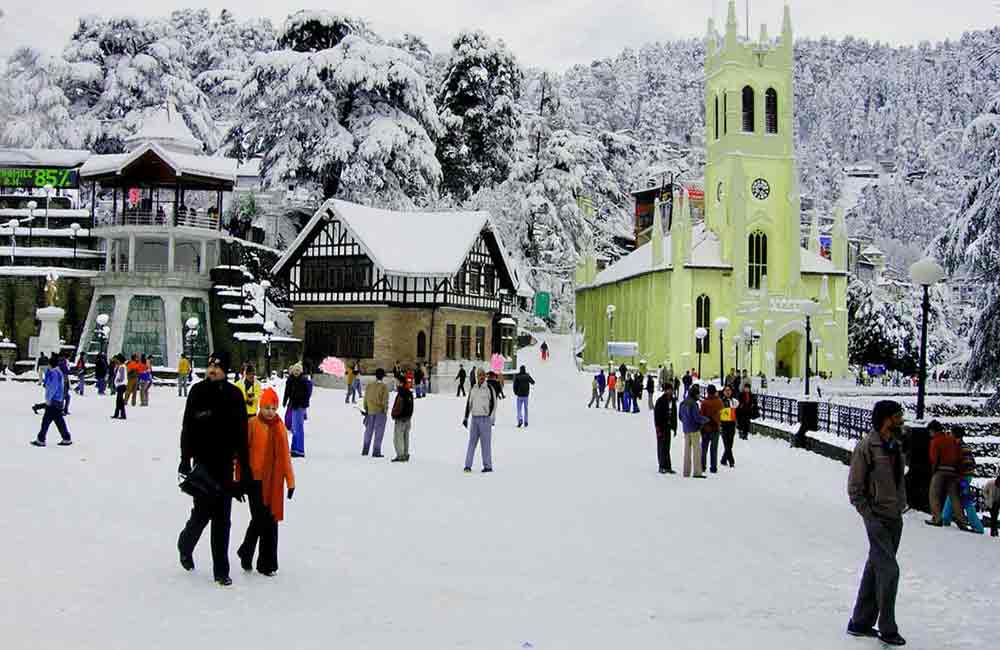
Explore the Wonderful Places to Visit in Manali, Himachal Pradesh - Your Ultimate Guide!
Ready for an exciting adventure? Discover the places to visit in Manali, Himachal Pradesh! From snowy mountains to lush valleys, there's something for everyone. Plan your trip now and explore
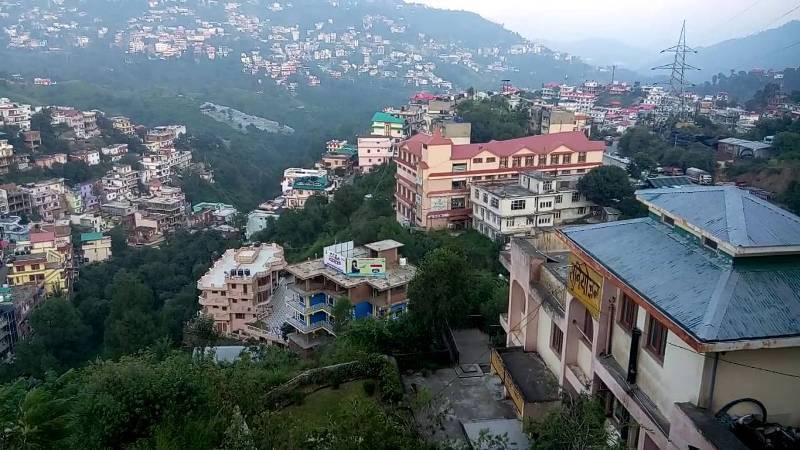
Places to Visit in Solan Himachal Pradesh - Explore the Best Tourist Spots
Discover the enchanting beauty of Solan Himachal Pradesh by exploring its myriad tourist spots. Whether you're seeking adventure or tranquility, Solan has something for everyone. From lush green valleys to
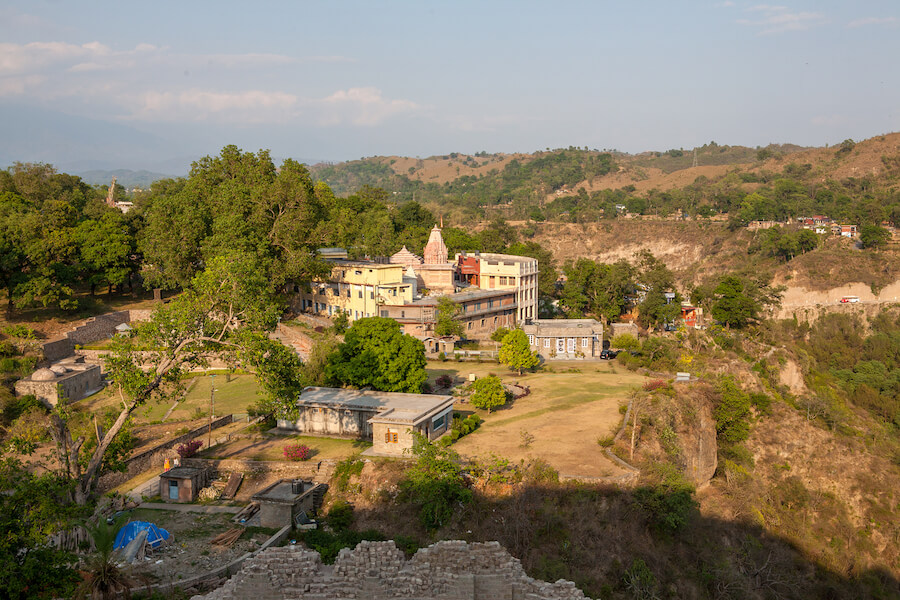
Discover the Best Places to Visit in Kangra, Himachal Pradesh: A Traveler's Guide
Ready for an exciting journey? Kangra, Himachal Pradesh welcomes you with open arms! Explore ancient temples, lush landscapes, and more in this enchanting valley. Let's uncover the best places to
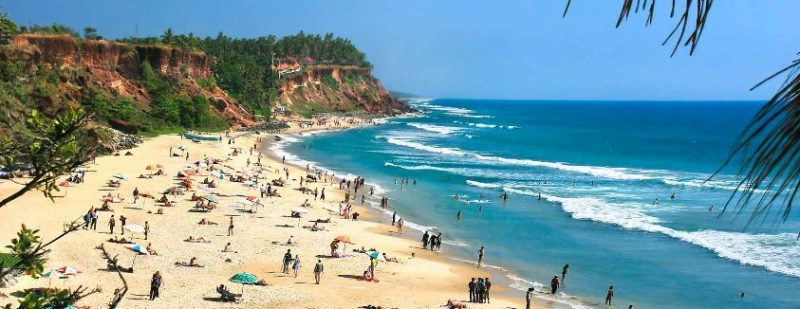
Explore Incredible Places to Visit in Varkala, Kerala: A Guide
Are you ready for an adventure? Varkala in Kerala is waiting for you! Discover the magic of this beautiful place with our guide to the best places to visit. From
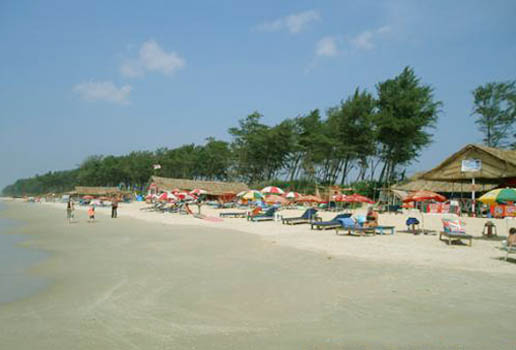
Explore Panaji, Goa: Discover the Best Places to Visit in the City
Ready for an adventure? Panaji, located in Goa, is packed with exciting places to visit. From ancient forts to picturesque beaches, there's never a dull moment in this lively city.
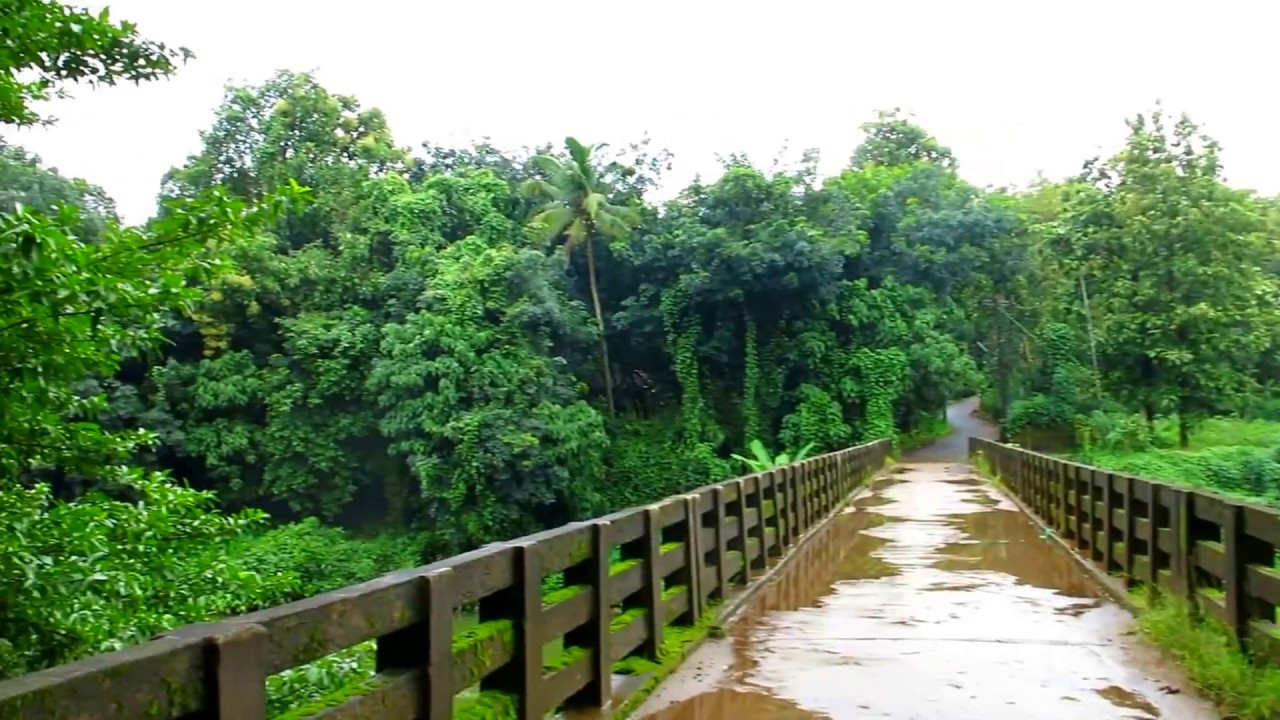
Explore the Best Places to Visit in Thrissur, Kerala – A Perfect Guide for Your Next Adventure!
Are you ready to explore Thrissur, Kerala? Get ready for an exciting journey through this vibrant city! Discover its rich history, stunning landmarks, and fascinating culture. With our guide to
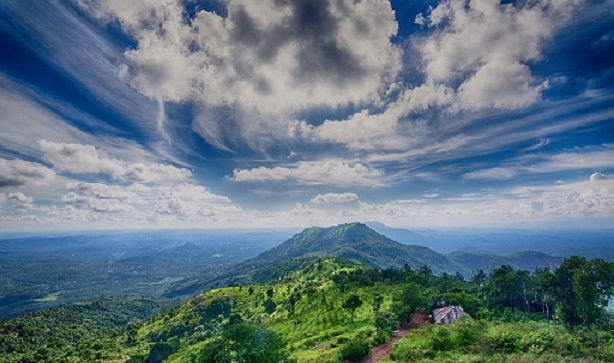
Explore the Best Places to Visit in Malappuram, Kerala - A Traveler's Guide
Dive into the beauty of Malappuram, Kerala with our ultimate travel guide! From picturesque beaches to fascinating historical sites, explore the best places to visit in Malappuram Kerala. Whether you're
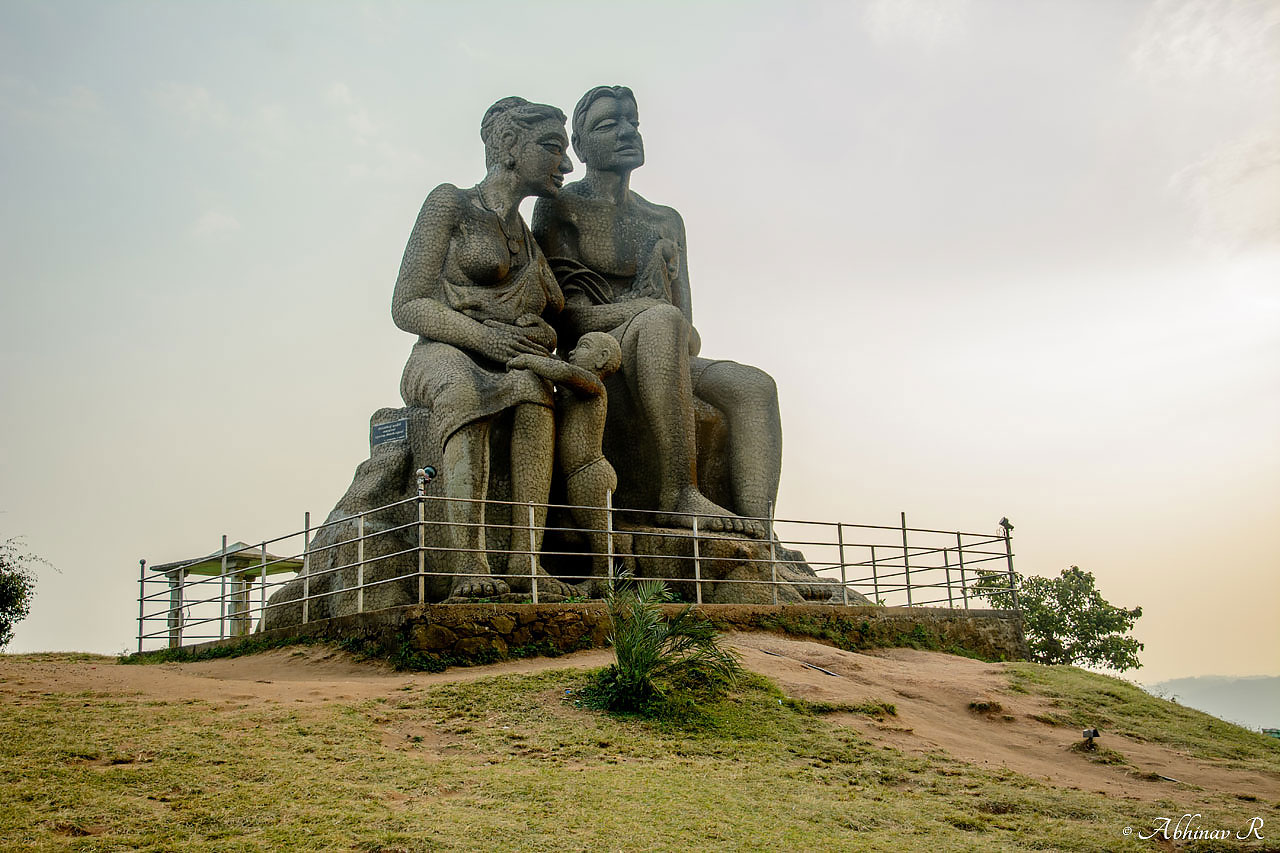
Explore the Best Places to Visit in Idukki, Kerala - A Traveler's Guide
Discover the mesmerizing beauty of Idukki, Kerala with our guide to the best places to visit. From breathtaking landscapes to serene lakes, explore the charm of this enchanting destination. Whether

